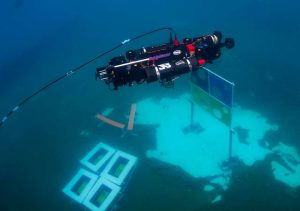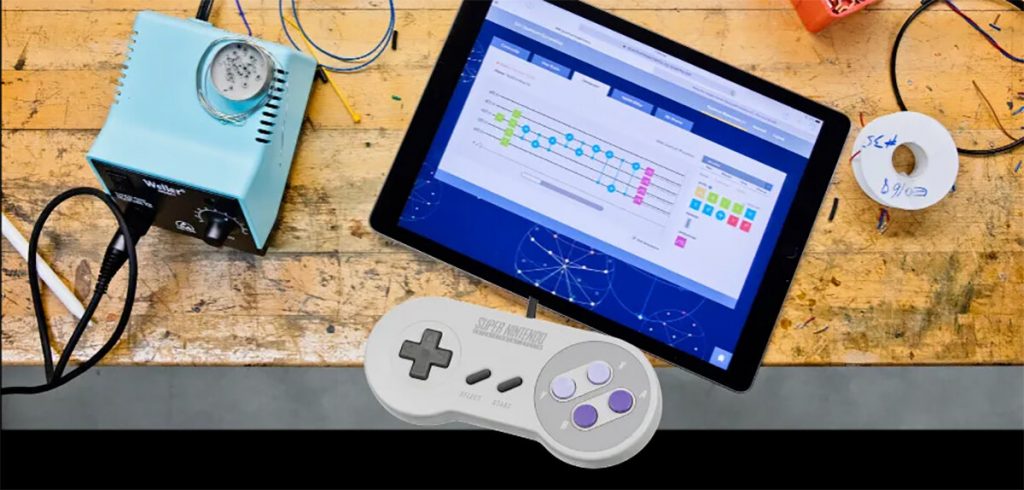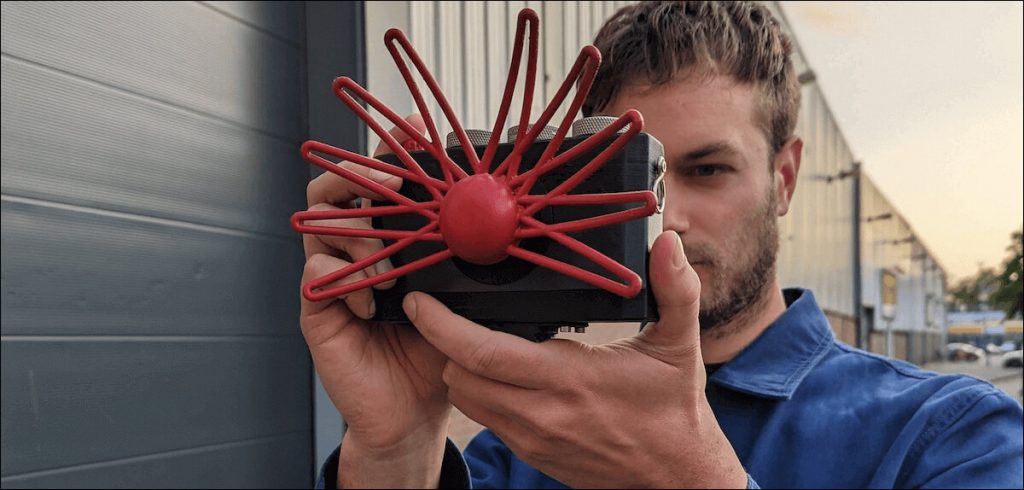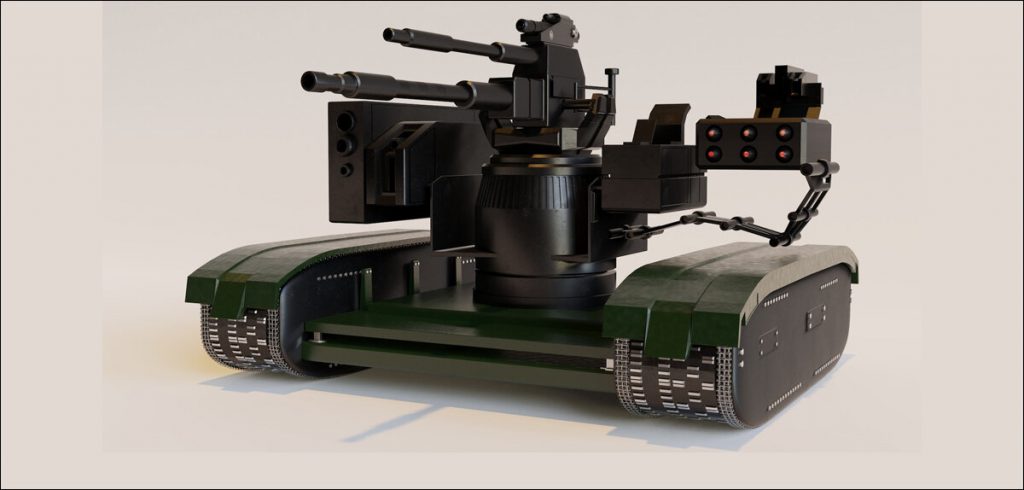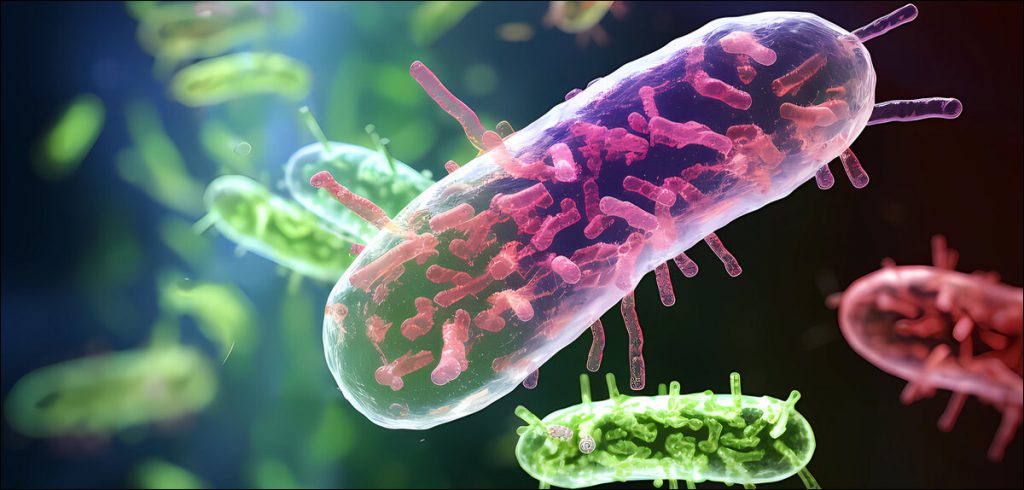Author: Nigel Pereira
With a background in Linux system administration, Nigel Pereira began his career with Symantec Antivirus Tech Support. He has now been a technology journalist for over 6 years and his interests lie in Cloud Computing, DevOps, AI, and enterprise technologies.
Unlike previous mechanically driven displays, this one is precise enough to generate scrolling text and apparently versatile enough to hold and shake a chemistry beaker. Interactive shape displays are often referred to as 2.5D actuated shaped displays, mainly due to their ability to create tangible physical structures on a flat surface. These shape-changing interfaces make it possible to instantly create physical models that can be touched, felt, and interacted with, without the need for a 3D printer or long hours of designing, prototyping, and testing. MIT researchers develop InForm, a shape-shifting display surface. (Image Credit: Wired) As opposed to traditional…
Quantum computers make random number generation a possibility and we’re talking about genuinely random numbers with no pattern whatsoever. While Quantum computing most definitely has a long list of priorities that are mostly “scientific,” and don’t involve any form of entertainment, the second question you usually ask a person when you see a computer is “Does it have any games?” That’s probably what IBM researcher James Wootton was thinking back in 2017 when he created the first quantum game called Cat-Box-Scissors. This is the first time a computer game was run on a quantum computer. I won! (Image Credit: Medium)…
While Kubernetes is still the de-facto standard in container orchestration, a lot of people who work on it would agree that it is in fact quite hard and in need of a lot of polishing. Kubernetes is the best way to orchestrate containers, period. For a quick recap on containers and microservices, you might want to read our previous post on how most enterprise organizations are switching from monoliths to microservices, or this post on why containers are the best way to deploy software. Image Credit: Kubernetes According to the CNCF, Kubernetes has a massive 92% market share of container…
Danish designer Bjorn Karmann has invented a camera that not only lacks a lens but doesn’t use light to create images. The vast majority of human beings probably haven’t used cameras without lenses since the first camera with a lens was invented in 1816. Before that, however, we had pinhole cameras which make use of the camera obscura effect dated back as far as 500 BCE. While there are still a lot of people who practice pinhole photography and there’s even a world pinhole photography day, a camera without a lens is basically useless to a photographer. Paragraphica camera. (Image…
Being able to actually remember, record, and dissect your own dreams could be an invaluable tool for everything from self-help to motivation, spirituality, and beyond. While this particular topic screams clickbait like no other, this writer assures you it is not. From lucid dreaming to astral travelling and the popularity of Season 1 of The Sandman on Netflix, as humans, we are obsessed with our dreams. If you are one of those people who have actually realised you were dreaming while you were dreaming, it is a feeling like none other and can only be compared to what it must…
Could the solution to this digital addiction be more technology? That’s what two ex-Apple employees Bethany Borgiono and Imran Chaudhri think. We are addicted to our phones, there’s no better way to say it. On average, we check our phones anywhere from 100 to about 350 times a day with an average screen time of close to 7 hours a day. That’s about 40% of our waking hours and it’s only getting worse. Image Credit: Freepik There used to be a time when people were aware of their surroundings while they walked around and would even greet each other at…
While human intuition is a key trait for survival, and cannot yet be duplicated by AI, it can get in the way of scientific research, according to Physicist Mario Krenn. AI seems to be all anyone is talking about of late, and you can’t blame them since we are pushing the boundaries of computation in an unprecedented manner. The amount of data that goes in and out of these machines is mind-boggling, not to mention the scary aspect that it is somehow making sense of all this data and even coming to conclusions based on it. While we now have…
Once you make a killer robot that can hunt and kill people on its own, you can’t put that genie back in the box – Nigel. If you missed our previous post on killer robots and the weaponization of AI you can catch it here. Where we left off, however, was a look at a number of upcoming projects like the robot tank from Russia that can outperform humans and the AI pilot from the United States that can similarly outperform its human counterparts. Image Credit: Rafael Jan Rorzyczka on Flickr A lot has happened since then and we now…
In addition to terrestrial, marine, aerial navigation, NavIC is also being used for military operations, disaster management, geodesy, resource monitoring and more. It’s been exactly 60 years since India started its journey into outer space. It was November 21st, 1963 when India launched its first rocket, an American rocket called The Nike Apache which was taken to its launch site on a bullock cart before being successfully launched 207 Kilometres into the atmosphere. Replica of Nike Apache. (Image Credit: Magerson Bilibio on Flickr) Fast forward to August 23rd, 2023, India becomes the first country to land a vehicle on the…
While the idea of getting bacteria to remove nutrients and generate electricity during the process sounds Utopian, it’s not unthinkable anymore! While most people associate Escherichia coli (E. coli) bacteria with severe diarrhea and stomach cramps, a recent study suggests this humble gut dweller could be the answer to a couple of important problems. Those problems being energy production and waste management. Low-temperature electron micrograph of a cluster of E. coli bacteria, magnified 10,000 times. Each individual bacterium is oblong shaped. (Image Credit: Wikipedia) That’s right, the answer to the energy crisis may just be a simple strain of bacteria…
